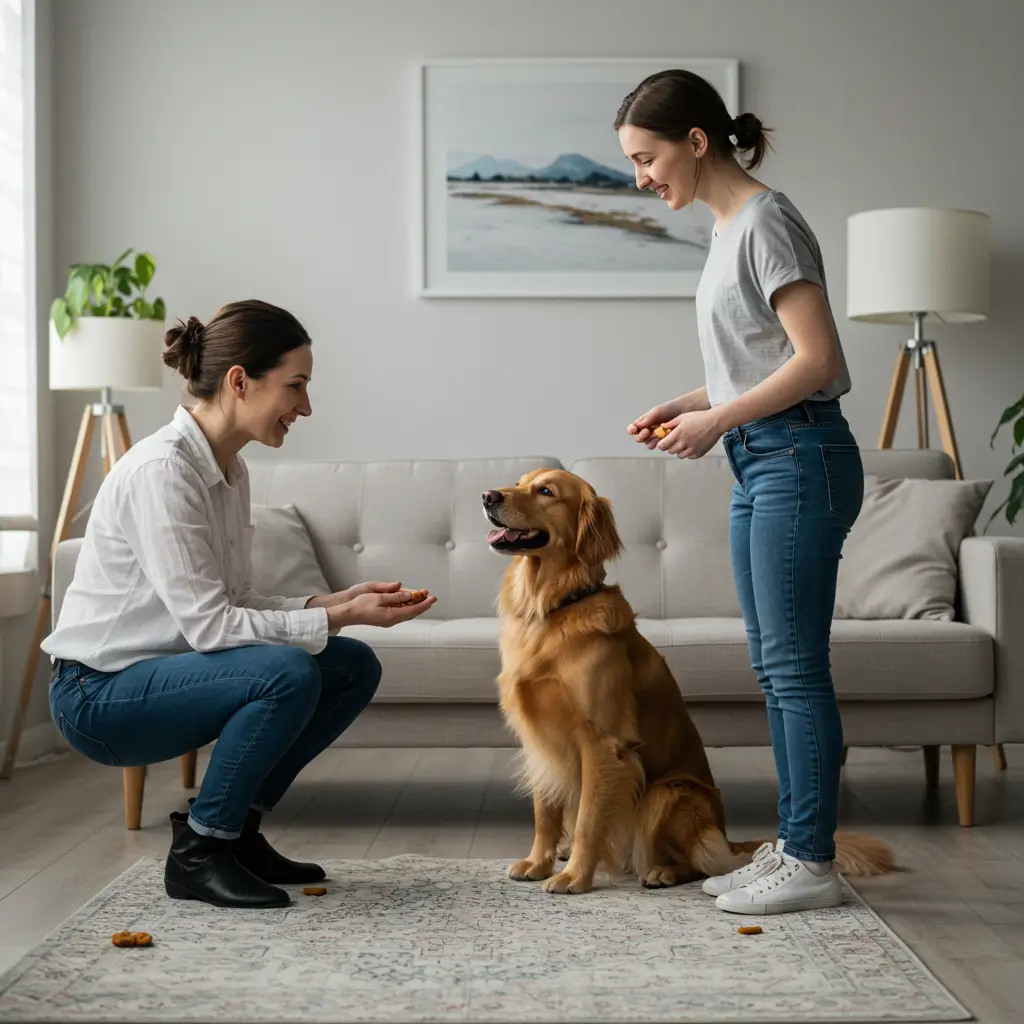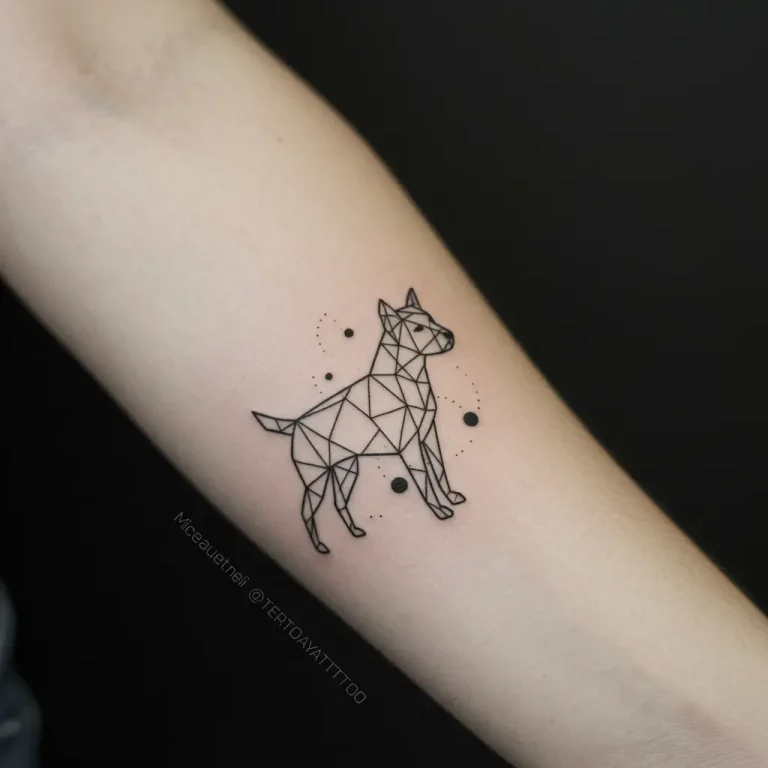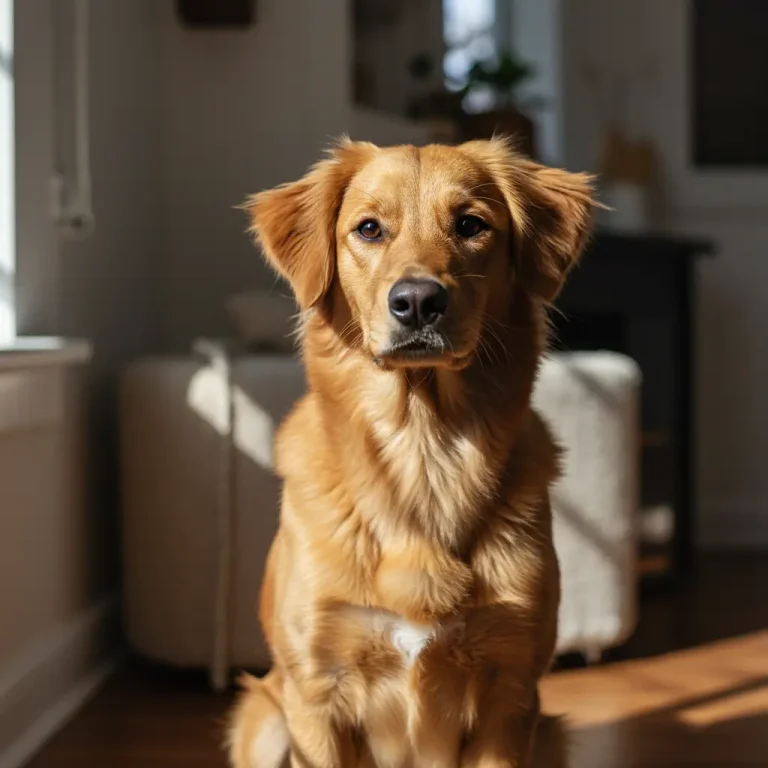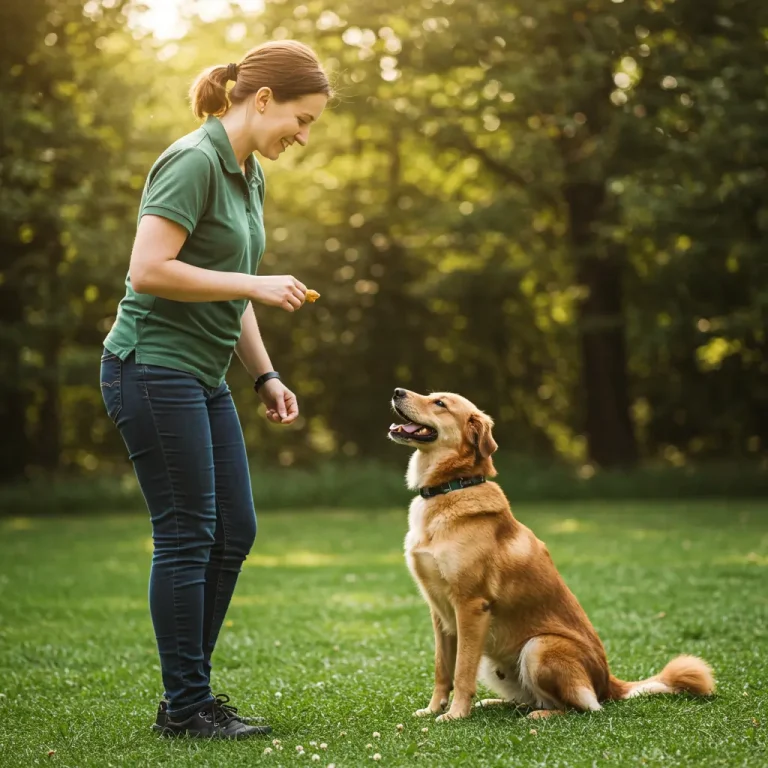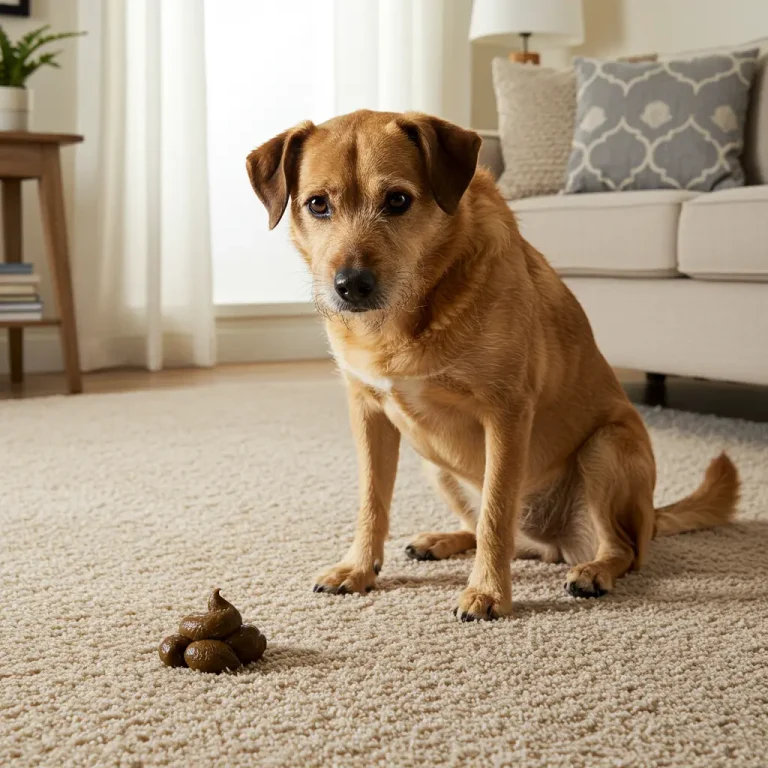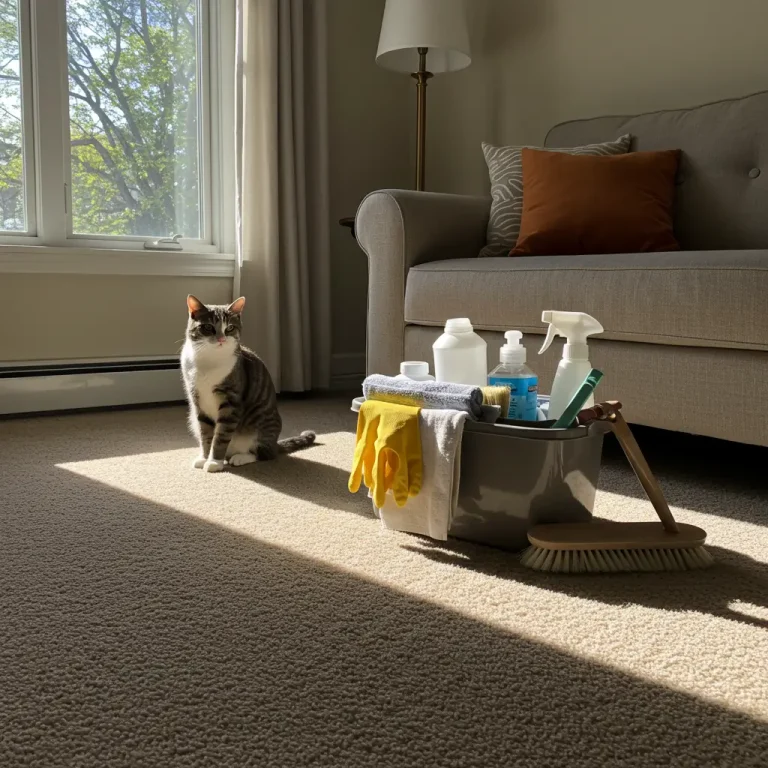How to train a stubborn dog
You stare at your dog, your dog stares back, and the sit you asked for vanishes into thin air sound familiar? I get it. You want quick wins, fewer battles, and a dog that actually listens. You can train a “stubborn” dog with a clear plan, steady rewards, and smart timing. Ready to turn selective hearing into solid obedience?
Why “stubborn” usually means “confused or under-motivated”
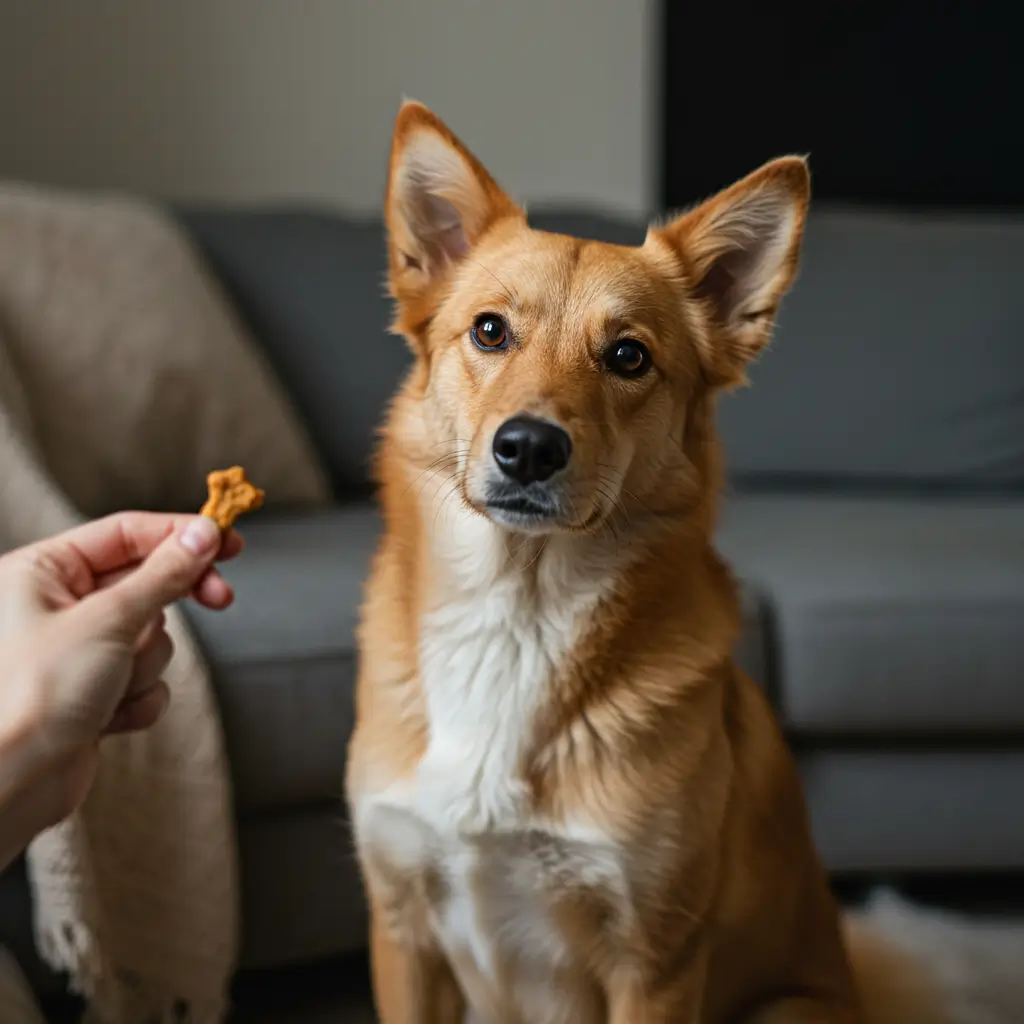
Dogs repeat what pays well. If your cues feel fuzzy or the environment feels more exciting than you, your dog “ignores” you. Ask yourself: What makes compliance easier than disobedience?
Common causes of pushback
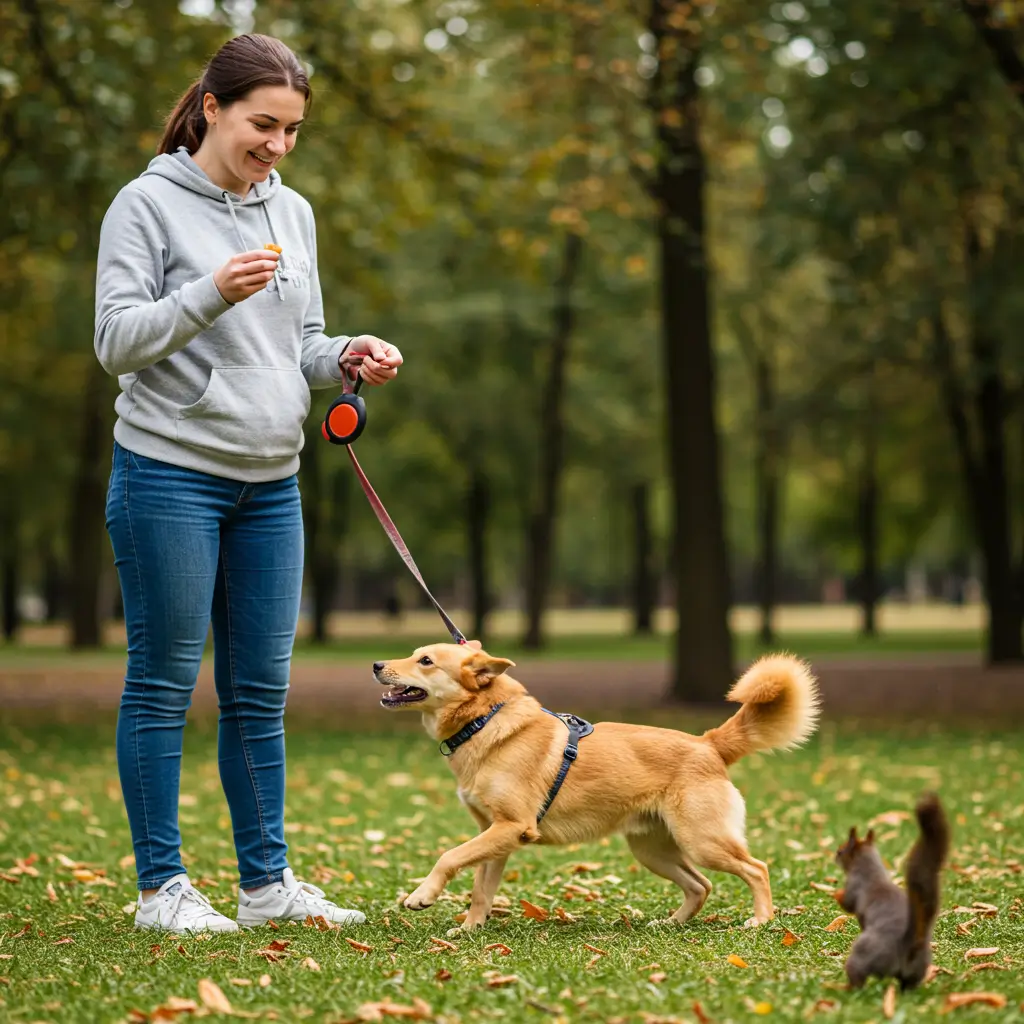
- Low-value rewards: Kibble can’t beat squirrels. Upgrade the currency.
- Messy cues: One cue = one action. Keep it short and consistent.
- Too-big steps: Split behaviors into tiny reps so your dog wins quickly.
- Lack of practice under distraction: Train in quiet first, then add real-life noise.
Set the foundation like a pro
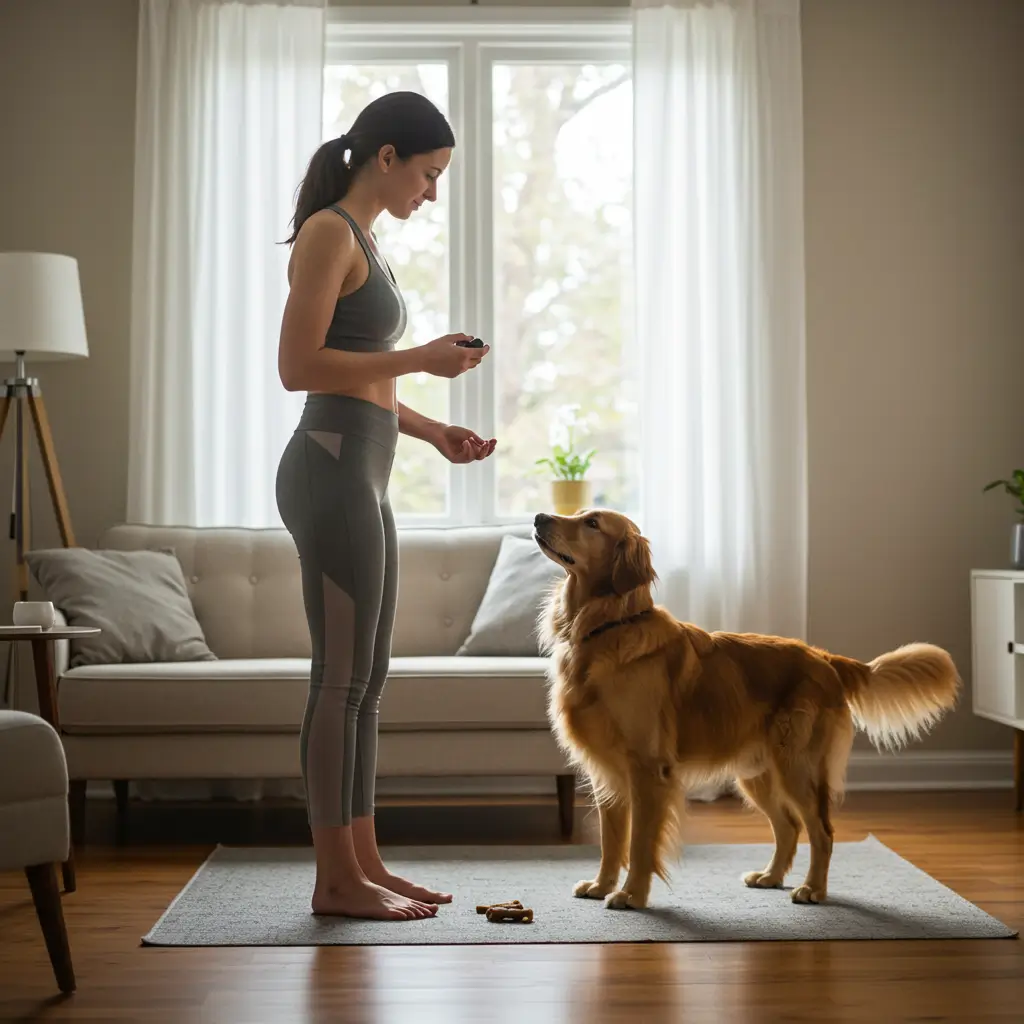
Great training starts with a marker, timing, and rewards your dog cares about. You mark the exact moment your dog gets it right, then you pay—fast. That rhythm builds trust and speed.
Your starter kit
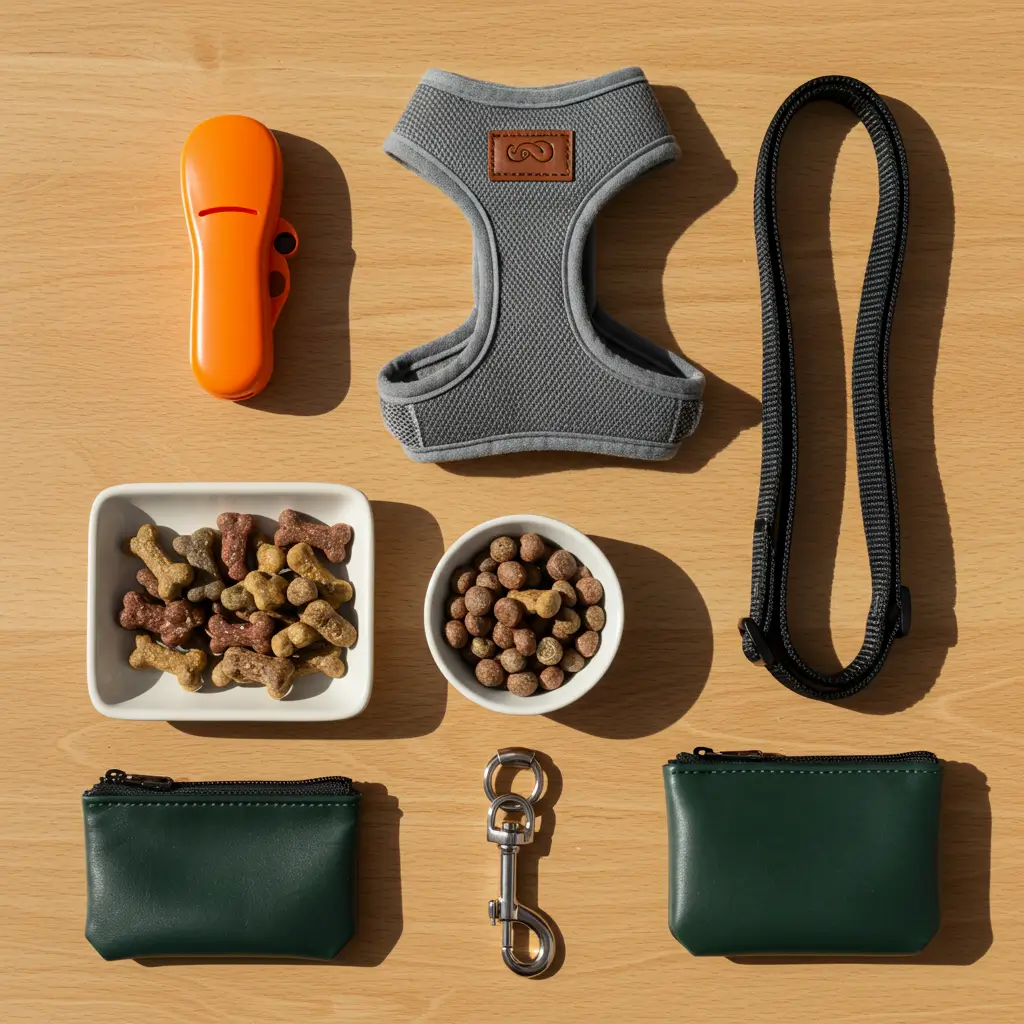
- Marker word or clicker: Say “Yes!” or click the instant the behavior happens.
- Top-tier treats: Use cheese, chicken, or a favorite toy for high-drive dogs.
- Micro sessions: Work in 1–3 minute bursts. Quit while your dog still wants more.
- Simple setup: Train in a quiet spot to stack easy wins.
A step-by-step plan for how to train a stubborn dog
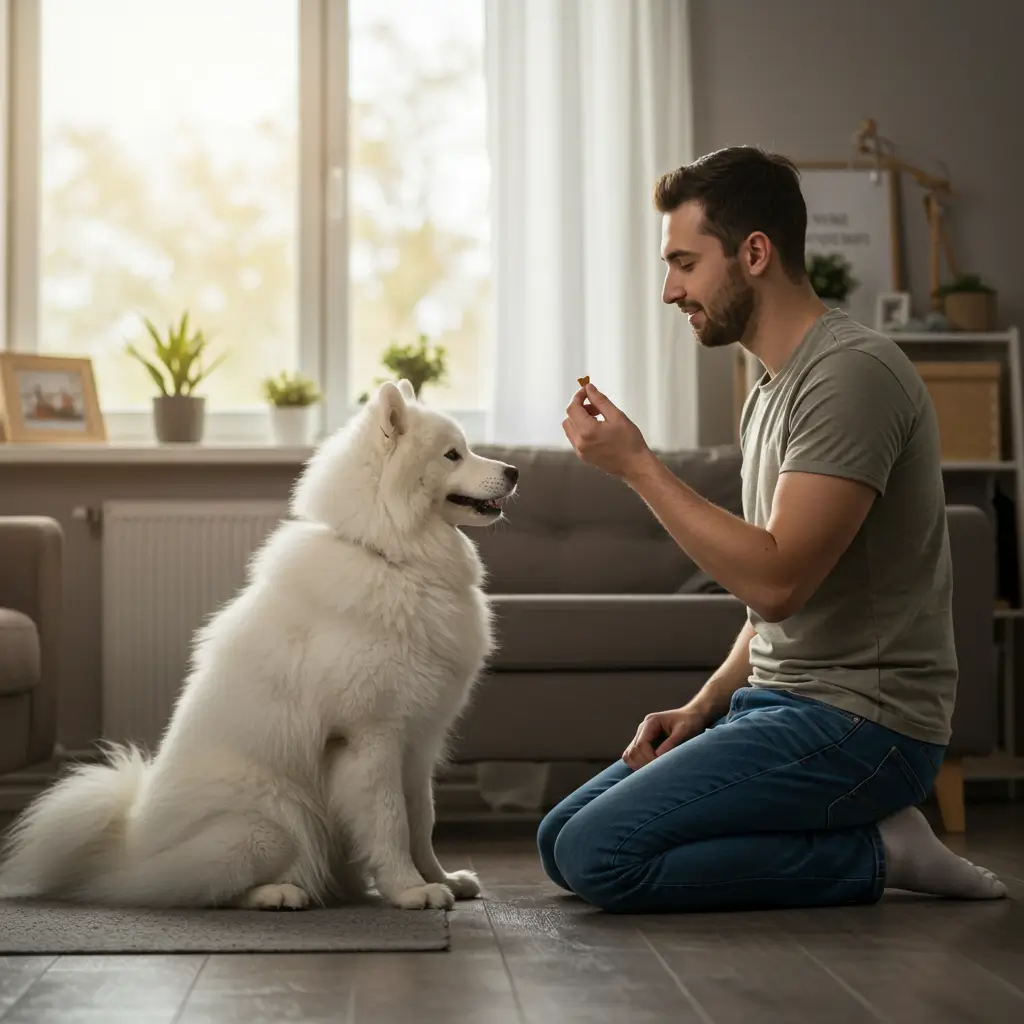
You don’t need magic; you need structure. Follow this sequence and watch your dog switch on.
The sequence
- Reset the cue. Say the cue once, then wait. If nothing happens, help with a lure, mark, reward, and try again.
- Slice the skill thinner. For “Down,” reward elbows, then chest, then full down. Micro-progress rocks.
- Hit 80% success. When you nail 8/10 reps, make it slightly harder (new room, tiny distraction).
- Pay the breakthroughs. Use jackpots for the best rep of the session to tell your dog, “That’s gold.”
- End on a win. Stop while energy stays high so your dog can’t wait for the next session.
Solid fixes for stubborn hot spots
Every “stubborn” moment has a tactical solution. You can plug these in today.
Recall that actually works
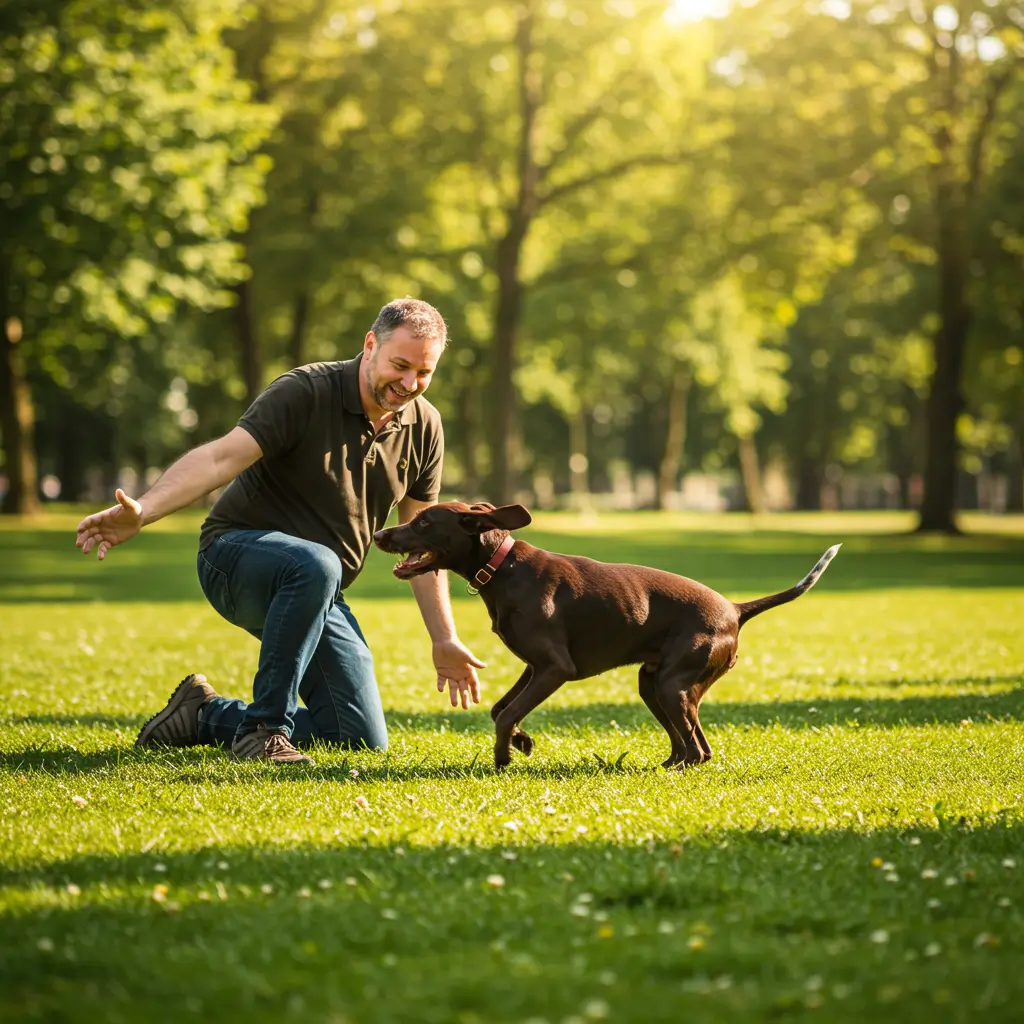
- Name → “Come!” → mark → party. Start in a hallway so coming to you feels automatic.
- Run backwards. Movement triggers chase. Your energy matters.
- Leash insurance. Use a long line outside so success stays guaranteed.
Leash pulling (because your arm needs a break)
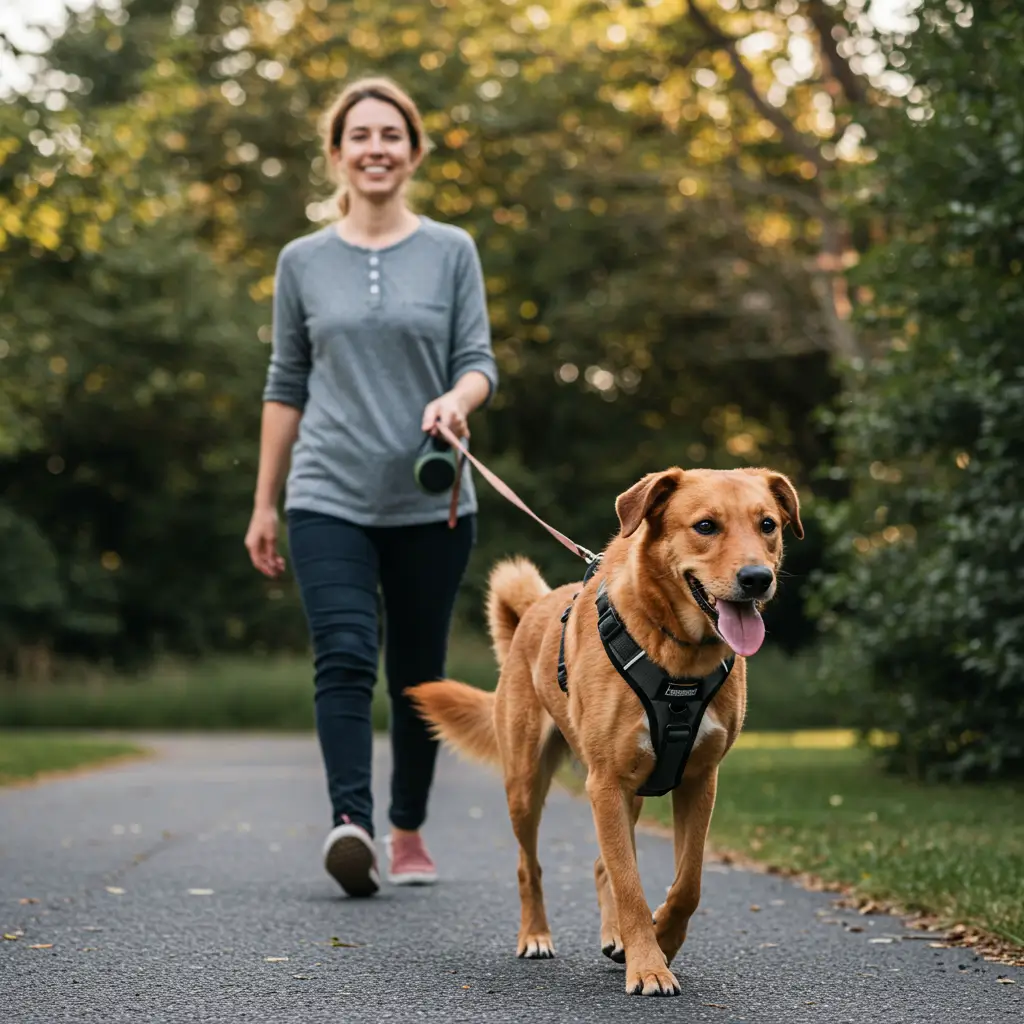
- Harness upgrade: Use a front-clip harness to reduce pulling leverage.
- Traffic-light method: Green = loose leash, move; Yellow = tension, slow; Red = stop. Dogs pull because pulling works kill the payout.
- Pay position. Feed by your thigh so “right here” feels like the hotspot.
Jumping on guests
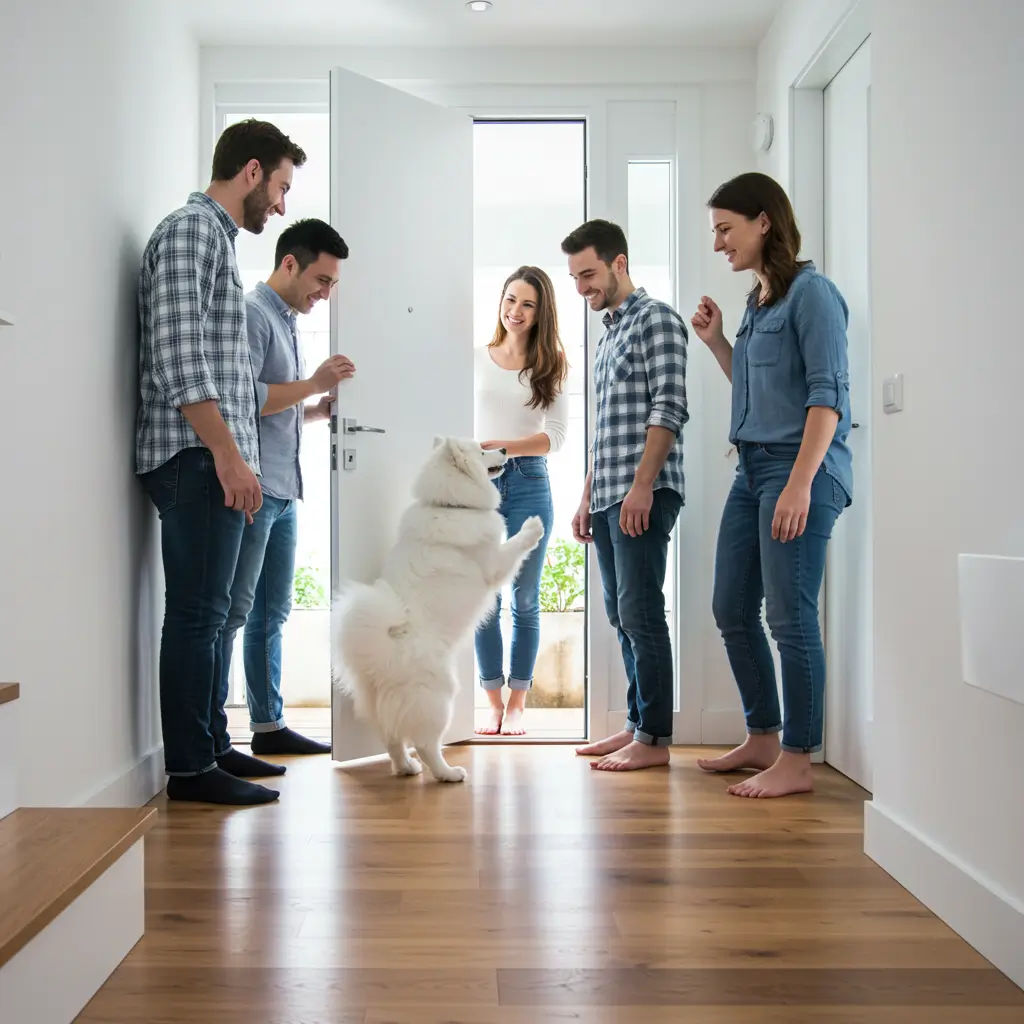
- Pre-load the sit. Practice a rapid sit at the door with zero guests.
- Remove the jackpot. Turning away kills the reward of attention.
- Pay four feet on the floor. Mark and feed the moment your dog chooses ground over springboard.
Rewards that beat distractions (and how to use them)
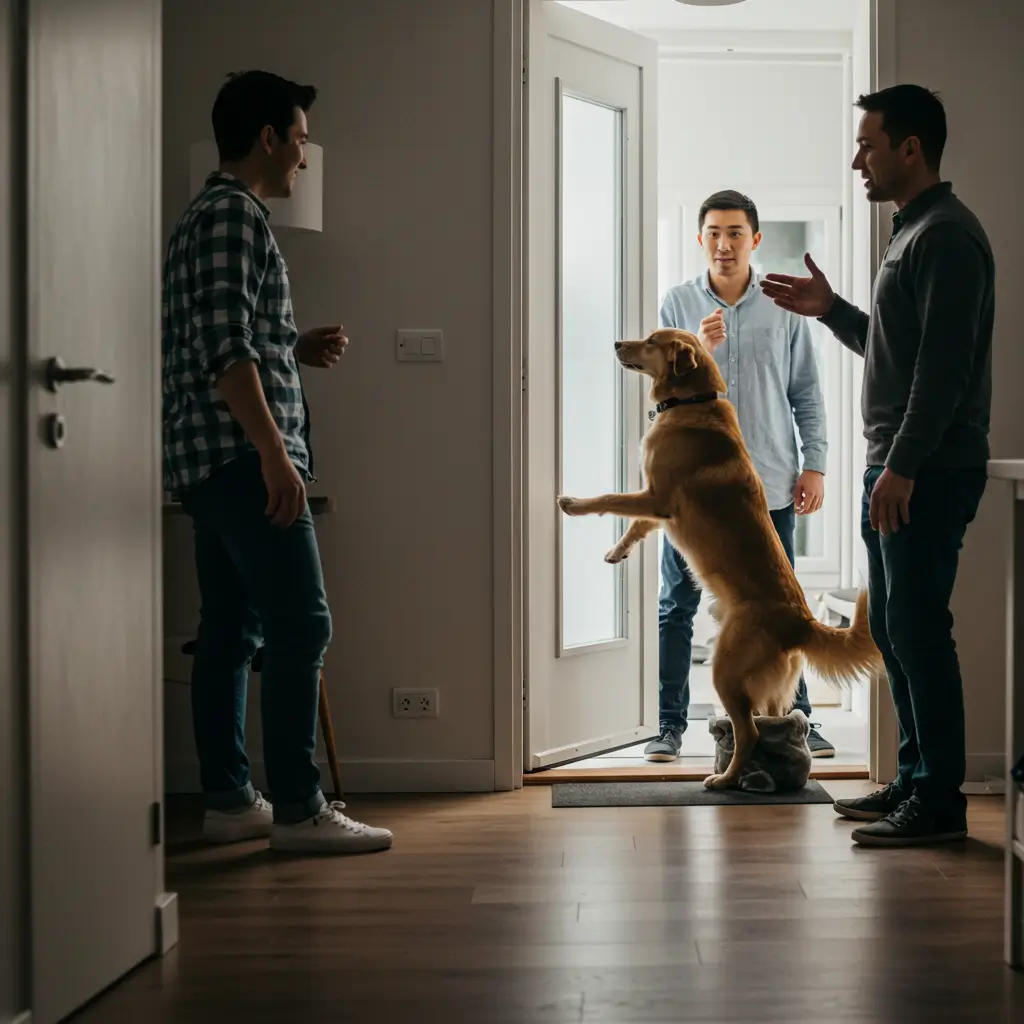
You win when your rewards outrank the environment. You can rotate pay to keep your dog guessing in a good way.
Build a reward ladder
- Level 1: Kibble or dry treats for easy reps.
- Level 2: Soft, smelly treats for tougher asks.
- Level 3: Jackpot (several treats or a tug game) for big breakthroughs.
- Bonus: Sniff breaks as payment. Many “stubborn” dogs value sniffing more than food.
Pro tip: Pay fast. The faster you pay, the stronger the association. Slow payment waters down your message.
Generalization: the step most people skip
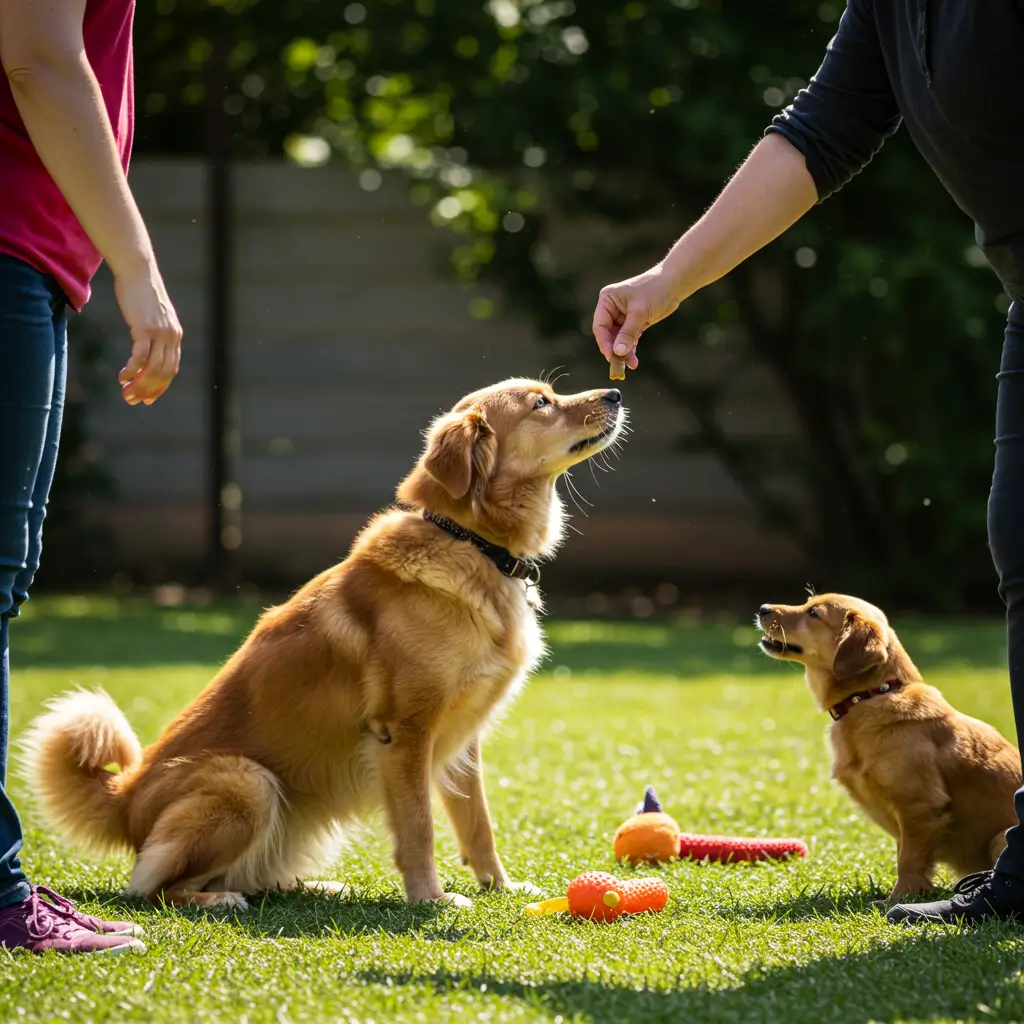
Your dog doesn’t generalize like you do. “Sit” in the kitchen doesn’t equal “Sit” at the park. You must teach the word in multiple contexts. Ever notice how your dog “forgets” cues outdoors? That’s not sass; that’s normal learning.
The generalization ladder
- Room 1: Quiet, familiar.
- Room 2: New floor or angle.
- Backyard: Mild distractions.
- Front yard/park: Real life.
Advance only when you hit 80% success at each step. FYI, rushing this stage creates that classic “He listens at home, not outside” problem.
Compare popular tools and methods (honest take)
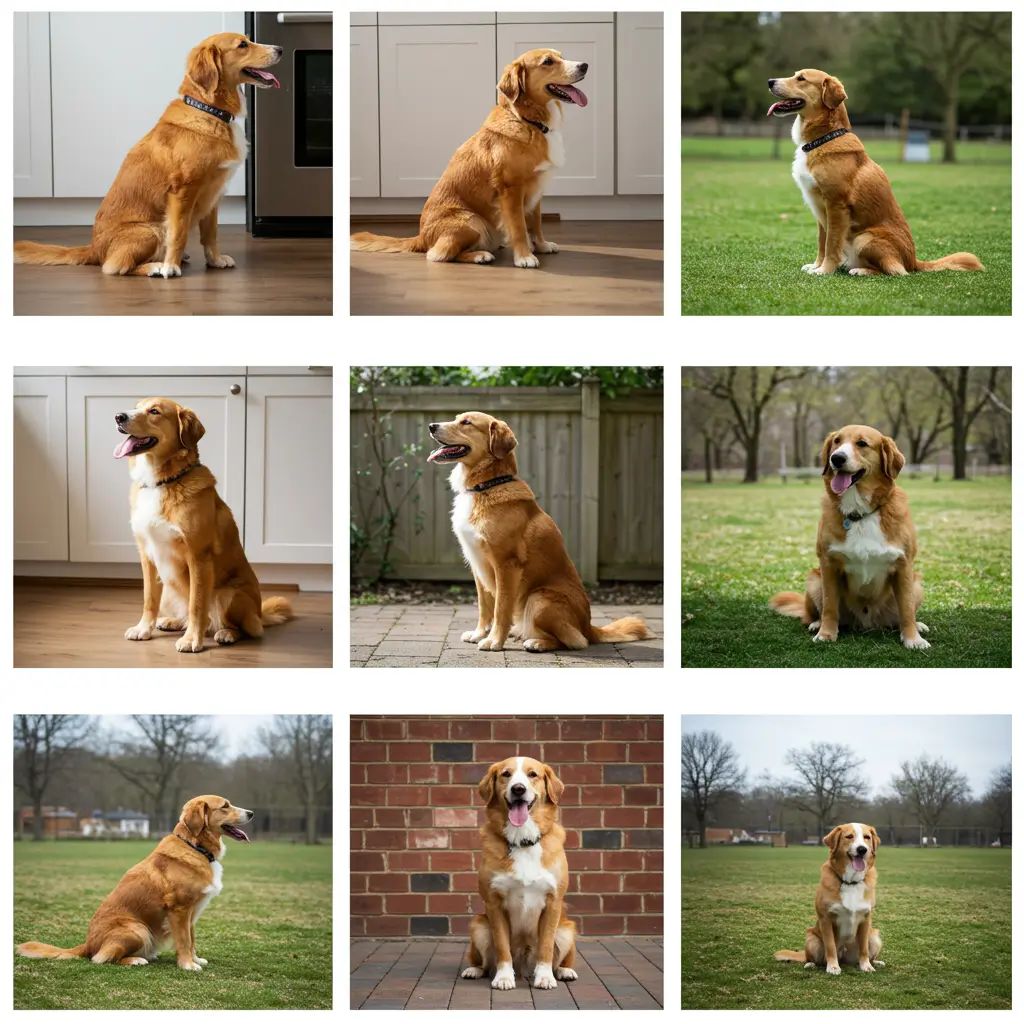
You see endless gear and advice. Let’s keep it real and practical.
Clicker vs. verbal marker
- Clicker: Crisp, consistent, and fast. I prefer it for precision shaping.
- Verbal: Convenient and always on you. Works well if you keep the tone identical.
IMO, beginners see fewer timing mistakes with a clicker.
Front-clip harness vs. head halter
- Front-clip harness: Gentle steering, easy to fit, great for daily walks.
- Head halter: Strong control for powerful pullers but needs acclimation.
Pick the least intrusive tool that gives you control without stress.
Treat pouches and storage
- Magnetic pouches: Quick access = better timing.
- Silicone pouches: Easy cleanup, no smell creep.
Good management makes you look “magical,” not messy.
Structure beats willpower: routines that rewire behavior
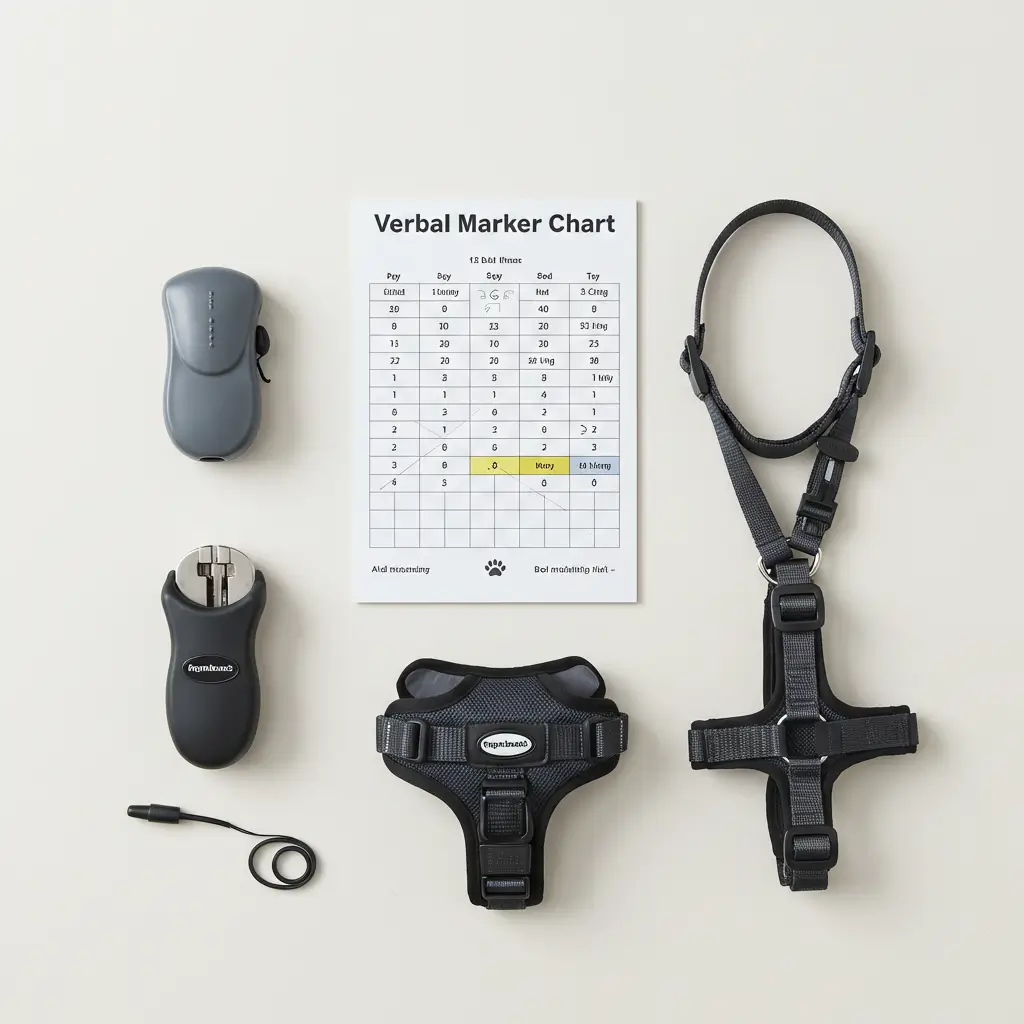
You can’t out-muscle habit with sheer hope. You can out-structure it.
Daily rhythm that helps stubborn dogs
- Short training windows: Aim for 3–5 micro sessions per day.
- Mental workouts: Puzzle toys, scatter feeding, and sniff walks take the edge off.
- Clear house rules: Decide cues and boundaries with the whole family and stick to them.
- Sleep and exercise: A well-rested, well-exercised dog makes better choices. Who doesn’t?
Troubleshooting when progress stalls
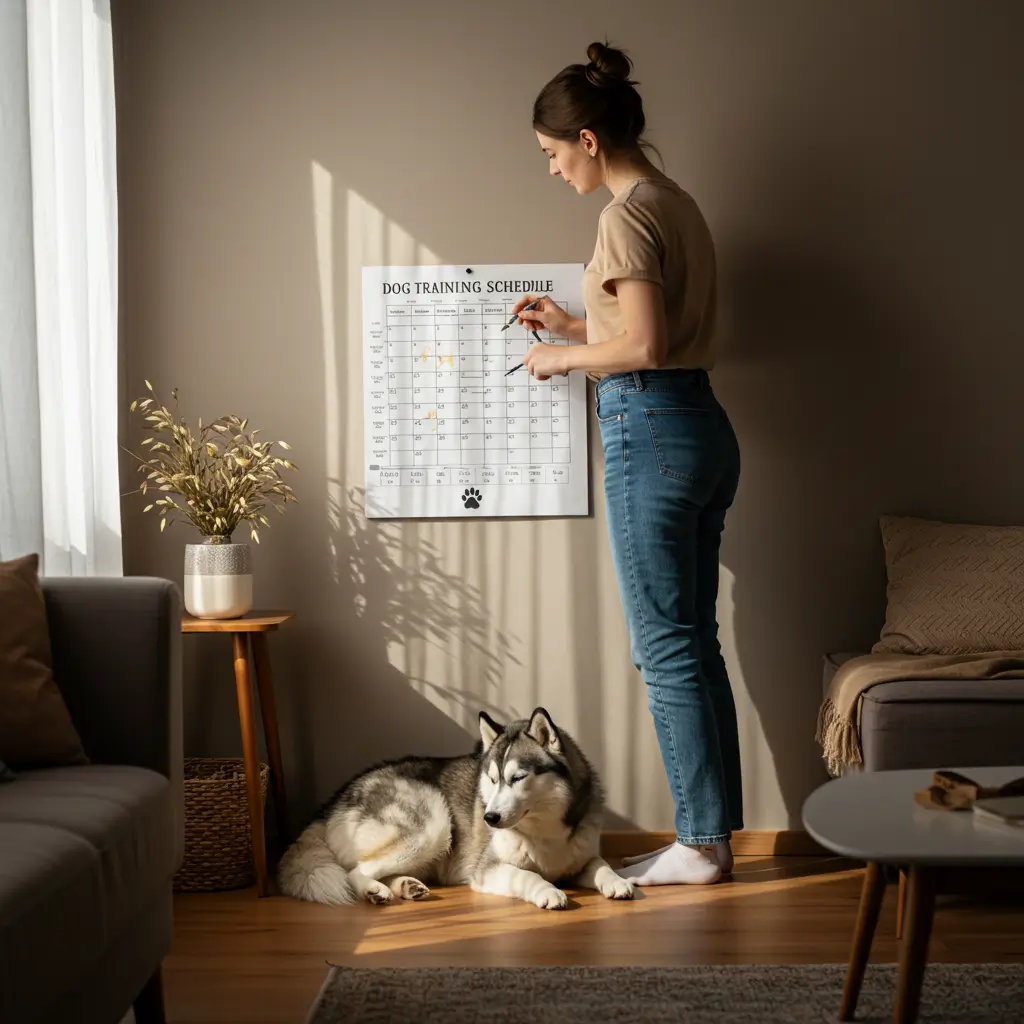
Plateaus happen. You can break them with a few tweaks.
Quick resets
- Switch the currency: Upgrade the treat or use a toy.
- Shorten the rep: Ask for half the behavior, then rebuild.
- Lower the distraction: Go back a step, then step forward again.
- Cue once, then help: Don’t repeat the cue ten times; teach, don’t nag.
Ask yourself: Do you track reps and success rates? A tiny notebook can reveal patterns you miss in the moment.
Real-world proofing: train where life happens

You want manners at the café, not just the kitchen. Start with easy behaviors on short field trips. Keep sessions short, reward fast, and leave while your dog still wins. Doesn’t a confident finish feel better than a dragged-out grind?
Simple outings
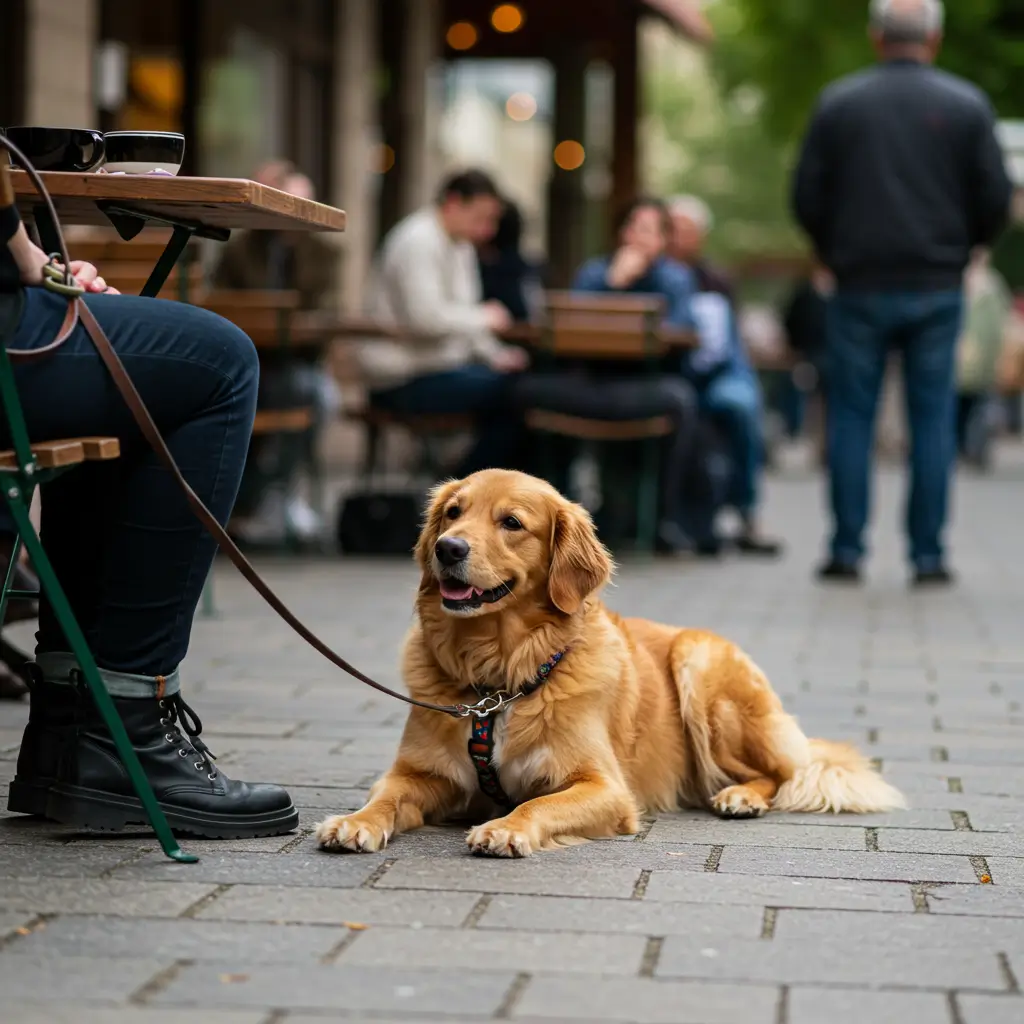
- Car park sits: One sit per car door you pass.
- Café downs: Two-minute down with a chew, then release.
- Park recalls on long line: Ten successes, then play.
The short list: what matters most
- Clarity beats volume. One cue, one action.
- Pay what the behavior is worth. Hard task = higher value.
- Train tiny, train often. Micro reps build macro reliability.
- Generalize deliberately. New rooms, new rules, same cue.
- Guard your success rate. 80% tells you when to level up.
Conclusion: stubborn today, star student tomorrow
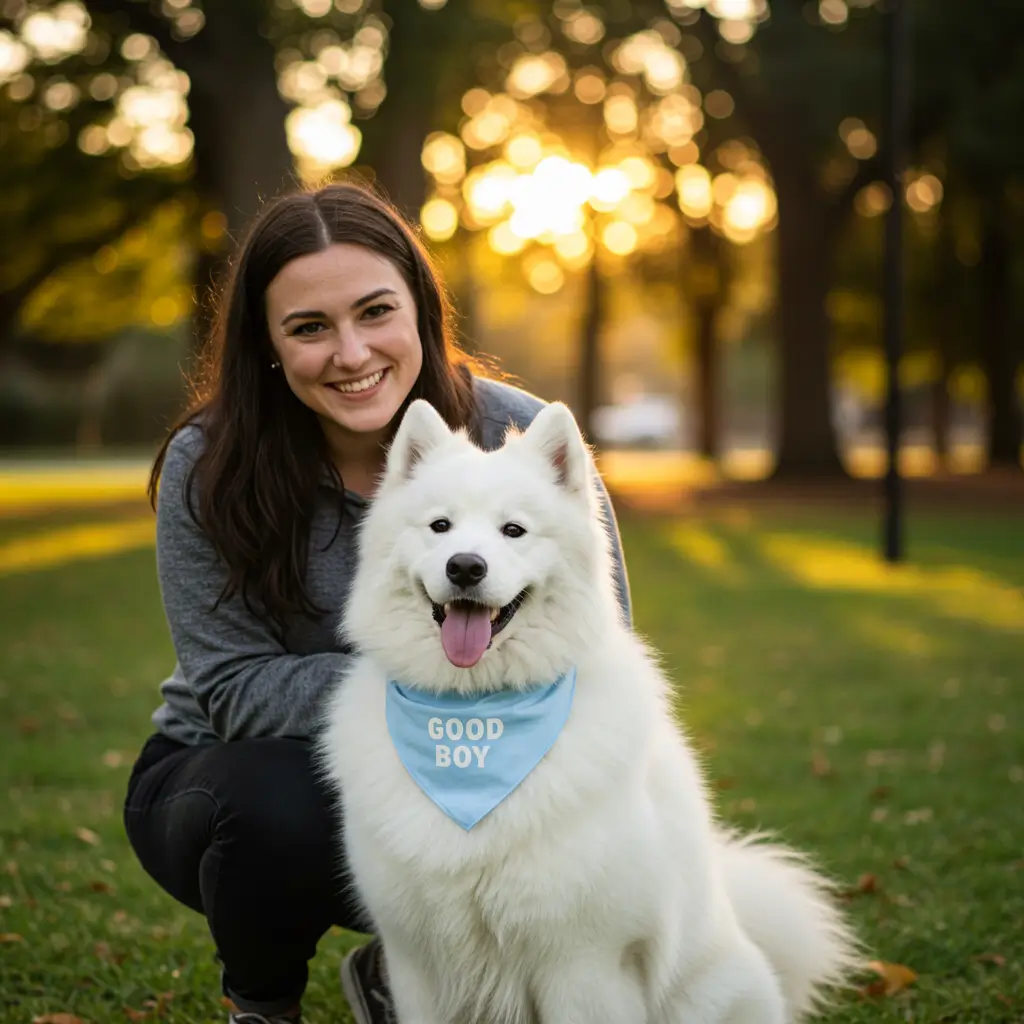
You don’t need a perfect dog; you need a repeatable system and a reward your dog actually values. You can slice skills thinner, pay faster, and practice where life happens. Try the sequence this week and track your wins; you’ll see the “stubborn” label fade into “got it.” And hey, celebrate the small stuff you both earned it

